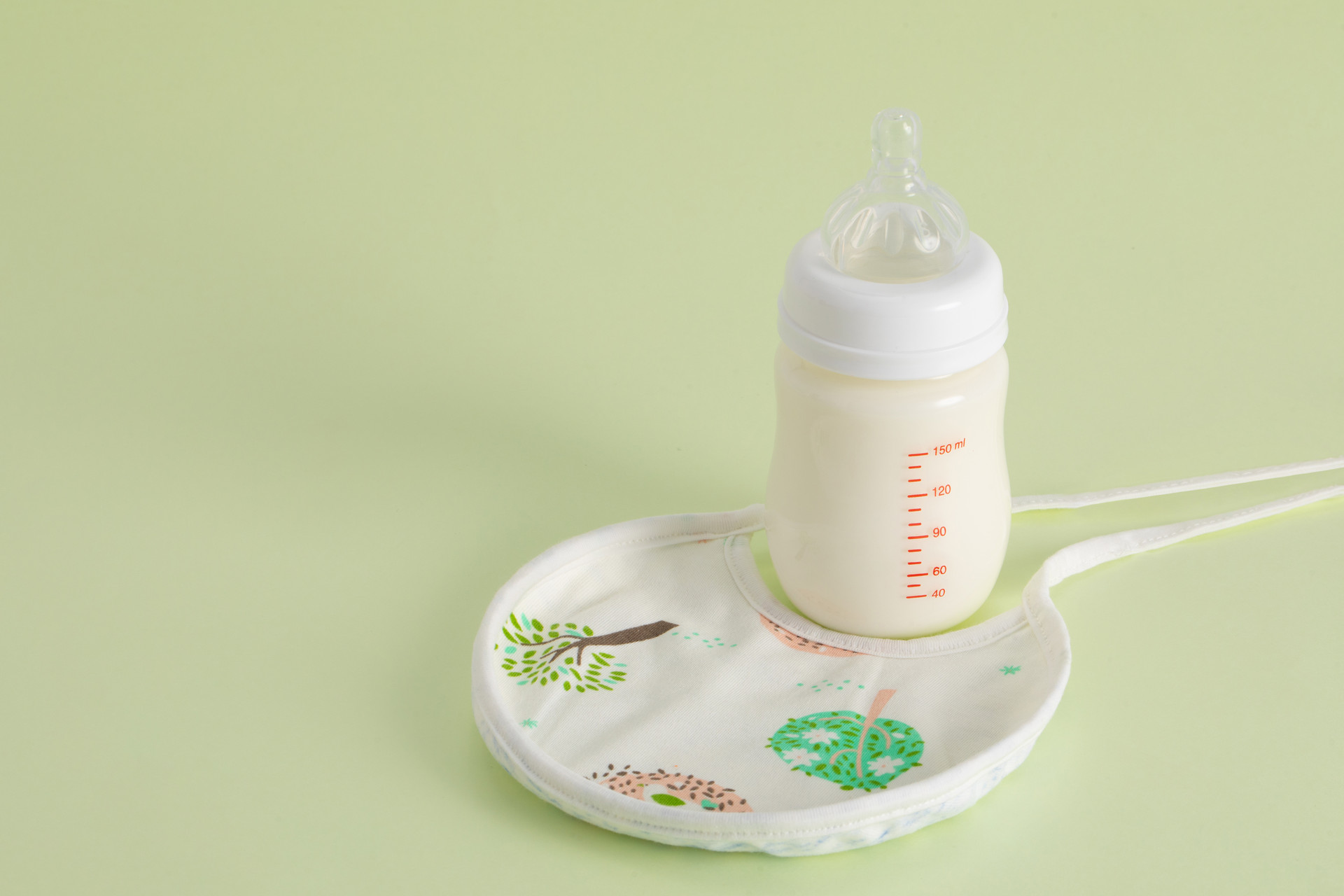Mothers are very concerned about the nutritional balance of complementary foods, but if the method is wrong during the process of making complementary foods, it can lead to a significant loss of nutrients. Today, I will share with mothers the method of making complementary foods that lock in nutrients.
1. Wash before cutting
Many people nowadays, for the sake of convenience, have the habit of cutting vegetables before washing them. This practice is widely spread, and even some experienced chefs have fallen victim to it.
This is absolutely wrong. Little do people know that most of the nutrients in vegetables are water-soluble, and when vegetables are cut and washed, they will lose a large amount of nutrients. The correct method is to wash the vegetables before cutting them, in order to avoid the destruction of the vegetable's nutrients.
2. Stir-fry with high heat
Many vitamins are not heat-resistant and are afraid of boiling. Vitamin C in vegetables is particularly prone to being released during the heating process.
It is easy to lose about 80% of the vitamin C in vegetables if they are boiled for too long. On the other hand, stir-frying vegetables with high heat not only gives the dish a beautiful color and delicious taste, but also preserves the nutrients in the vegetables to the greatest extent.
3. Add a little vinegar
If you add some vinegar when cooking, it not only helps to preserve the vitamins, but also promotes the absorption of nutrients by the body. Taking vitamin C as an example, since it is a weak acid itself, it will increase stability in acidic vinegar and is not easily damaged by high temperatures.
4. Never eat leftover dishes
Babies have small appetites, and mothers often cook more dishes than they can eat. As a result, some mothers leave the dishes for the next day or even the next meal for the baby to reheat and eat. Little do they know that doing so will cause a significant loss of vitamins B and C. Even if the leftovers are stored in the refrigerator, they can easily be contaminated by bacteria, leading to spoilage and even food poisoning. Therefore, it is best for mothers to cook and eat the food immediately, both delicious and hygienic.
5. Vegetable broth is nutritious
When making vegetable congee or vegetable dumplings, many people have the habit of squeezing out the vegetable juice. You may not know that this practice directly results in throwing away 70% of the vitamins and minerals in the vegetables. Therefore, it is best for mothers to let the vegetable juice seep into the filling.
6. Improper refrigeration
Low temperature can delay the spoilage of vegetables, but the lower the temperature, the better. Vegetables are generally not suitable for freezing. The most suitable storage temperature for most vegetables is 3°C to 10°C. Improper refrigeration will result in the loss of the nutrients contained in the vegetables.
7. Long-term vegetarianism
"Vegetables are so good, and now that I've learned the tricks to lock in nutrients, I might as well eat a vegetarian diet from now on!" There must be mothers thinking this way.
Is it good to eat a vegetarian diet in the long term? In the eyes of nutrition experts, there are no absolute bad foods, only bad combinations and proportions of foods. Yes, generalizing based on a few cases is also harmful to health, especially for babies.











